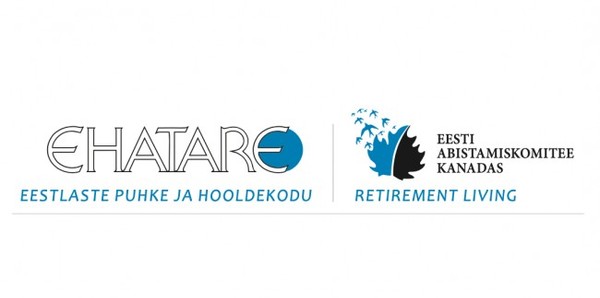On February 25, 2002, the Tallinn Stock Exchange (TSE) and its member firms adopted the trading system of HEX, thereby creating a common trading environment for securities listed on the Tallinn and Helsinki exchanges. Notwithstanding the common trading system, securities listed on the TSE are not listed on the Helsinki Stock Exchange, and are governed by the Rules and Regulations of the TSE. The Financial Supervisory Authority of Estonia excercises market supervision.
The official trading currency is the euro, but investors can still pay for transactions in Estonian kroons at no extra charge. As noted previously in this report, the official fixed exchange of the Bank of Estonia is 1 EUR = 15.64664 EEK. The TSE’s index is the TALSE, which reflects the price movements of shares listed on the Main and I-List. Each share represented in the list is weighed by its market value, calculated based on the number of shares outstanding and closing prices of market securities. The base value of TALSE is 100 and the base date is 3 June, 1996.
The TSE is a self-regulated organisation which issues and enforces its own Rules and Regulations in accordance with standard exchange operating procedures. These specify that all securities listed on the TSE must be dematerialised, freely negotiable and registered with the Estonian Central Depository for Securities. At least 25% of the issued shares must be publicly traded (i.e. owned by shareholders that own less than 5% of the share capital each, and are not management or supervisory board members of the issuer, a subsidiary, or their connected persons). In addition, a company wishing to be listed on the main TSE list must disclose its audited results for the preceding 3 years, have equity or market capitalisation of at least 300 million EEK (19.2 million Euro), and at least 300 investors with each holding shares in a total value of 10,000 EEK ( 639.1 Euro), or 1,000 investors.
Companies listed on the Tallinn Stock Exchange must submit all price-sensitive information first to the Exchange, which will publish it immediately electronically in the trading system and its Internet site. Information which, pursuant to the Rules and Regulations, must be disclosed immediately include general meetings of shareholders; dividends proposed at the general meeting; proposed increases or decreases of share capital; acquisitions of its own shares and the reasons therefore; an issue of bonds; business transactions between the issuer and a substantial shareholder or a member of the supervisory management board and the people connected with them or the companies controlled by them and decisions to acquire a holding in another comany. Also, the issuer must immediately inform the Exchange if a shareholder has acquired or disposed of shares and the holdings of that shareholder as a result exceed or fall below the following thresholds: 5%, 10%, 20%, 33%, 50% or 66%.
In addition, listed companies are required to disclose to the exchange, quarterly, their semi-annual reports, preliminary annual reports and audited annual reports, prepared in accordance with International Accounting Standards and th TSE’s requirements.
The Financial Supervision Authority supervises the TSE.
The TSE has established a guarantee fund to ensure fulfilment of transactions. Before a member firm can begin trading on the TSE it is required to deposit money into the guarantee fund account held at the Bank of Estonia. Other contributions to the fund include fines assigned to member firms and a percentage of the TSE’s profits.
(To be continued)
Estonian Business Law: A comprehensive summary (13)
Archived Articles | 01 Oct 2002 | EL (Estonian Life)EWR
Archived Articles
TRENDING


















